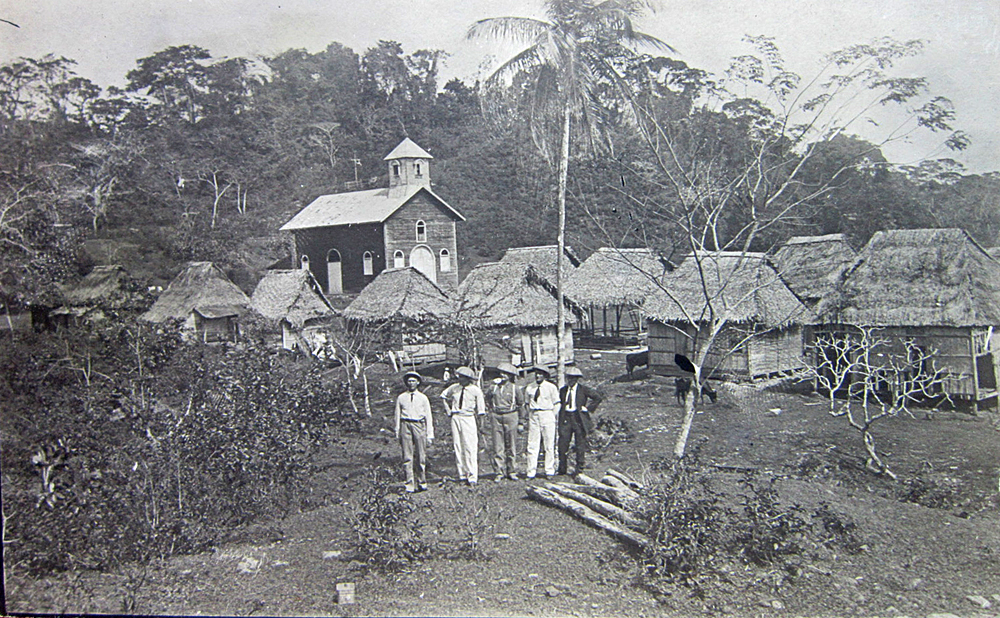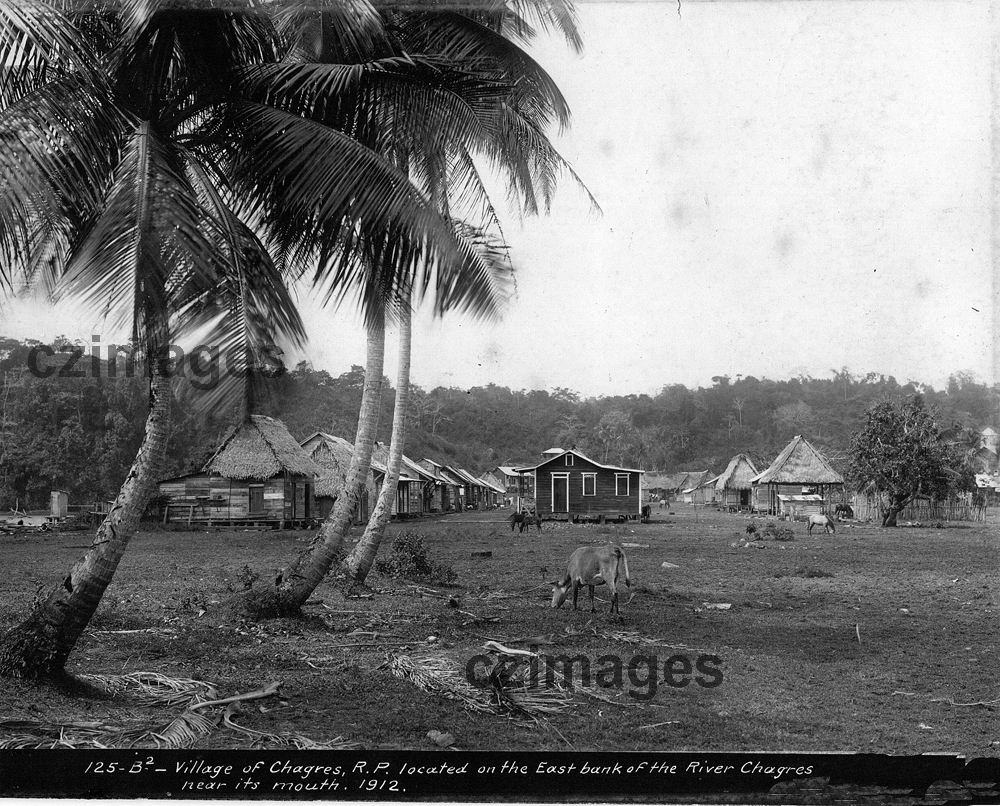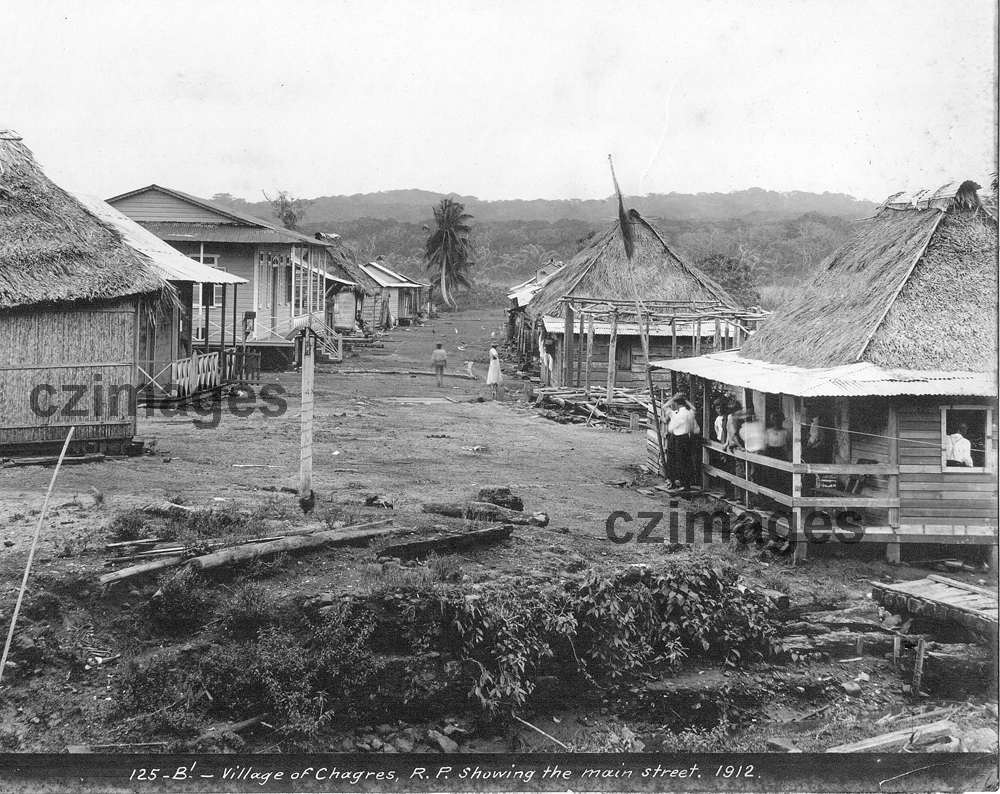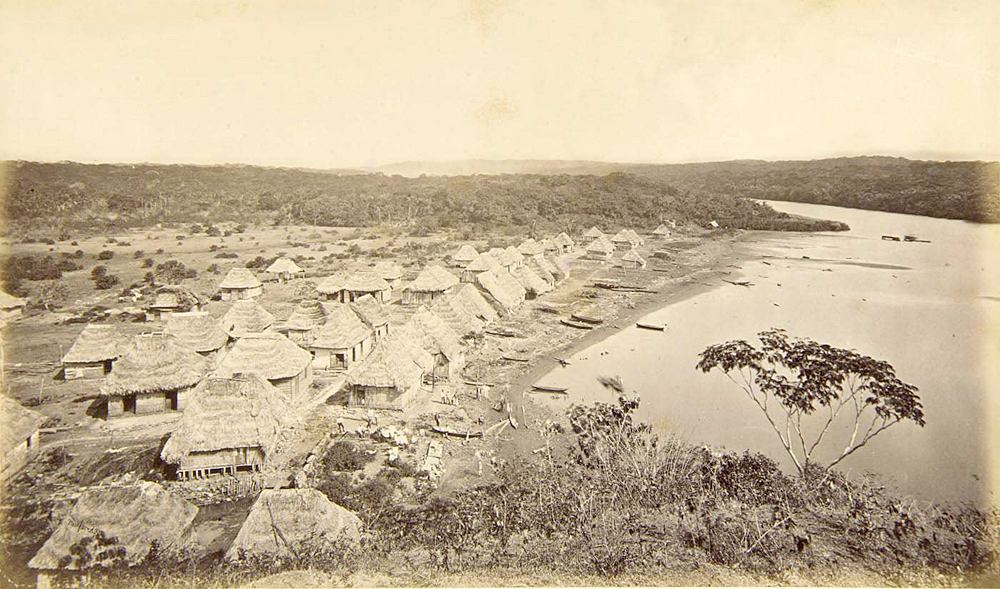|
Photo of the Week
|
|
Photo of the Week
|
I have been out of the loop for the last month and didn't get any chance of posting the weekly photo. I am going to do a mini presentation this week of the old village of Chagres which sat at the base of Fort San Lorenzo at the mouth of the Rio Chagres. In the 1680s, the Spanish constructed a new fort 80 feet above the water. Set on a cliff overlooking the entrance to the harbor, the fort was protected on the landward side by a dry moat with a drawbridge. During this time, the village of Chagres was established under the protection of the fort. By the middle of the 18th century, the Spanish abandoned the fort for defense purposes as the gold and silver shipments ceased. The fort was used as a prison for over a century. In 1848 the finding of gold in California stimulated new vitality at the mouth of the Chagres River. A wild-west boomtown sprang up on the bank opposite the original village and fortress called Yanqui Chagres. The rebirth of Chagres' importance was short-lived. Although the advent of steamboat service on the Chagres River had, by 1853, shortened the time required to cross the isthmus from several days to about twelve hours, the 1855 completion of the Panama Railroad further reduced the transcontinental travel time to about three hours. As a result, the railway’s Atlantic terminus, Colon, became Panama's Atlantic port, and Chagres receded from importance. Although Chagres fell outside the original boundary of the Panama Canal Zone, that zone expanded in 1916 to include the mouth of Chagres River. The Village of Chagres—which, by then, had only 96 houses and 400 to 500 inhabitants—was then "depopulated," and its former residents were resettled to Nuevo Chagres, located about 8.2 miles (13.2 km) to the southwest, along the coast. The photo above was sent to me by my brother, and is a great photo of the old church in the Village of Chagres circa 1912. Below are several other photos of the village through the years. The photo at the bottom is a late 1800s photo by the famous photographer Eadweard Muybridge. In the late 1980s when I lived and worked on the Atlantic Side of the Zone, we would go where the old village once stood and look for relics and bottles. We used to sift the sand on the beach and find Indian Trade Beads and sometimes a piece of gold. This was lots of fun. Little did I know at the time, the foundations of the old church were just up the hill from where we were digging. Click the link below to see a video about the discover and unearthing the old church foundation and other relics recently. |
 |
 |
 |
 |
Home|
Photo
of the Week | Photo
Archives | Main
Show Room | Photo
Room | Military
History
PC History
| Gift
Shop | Links
